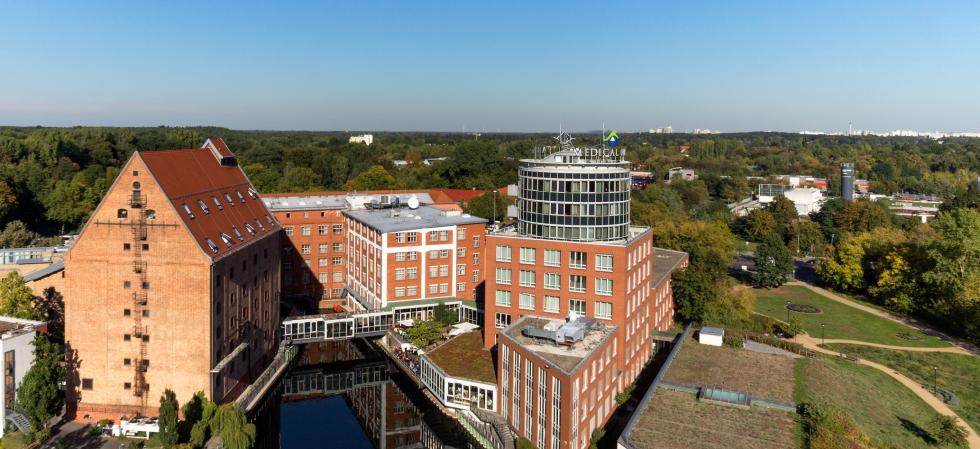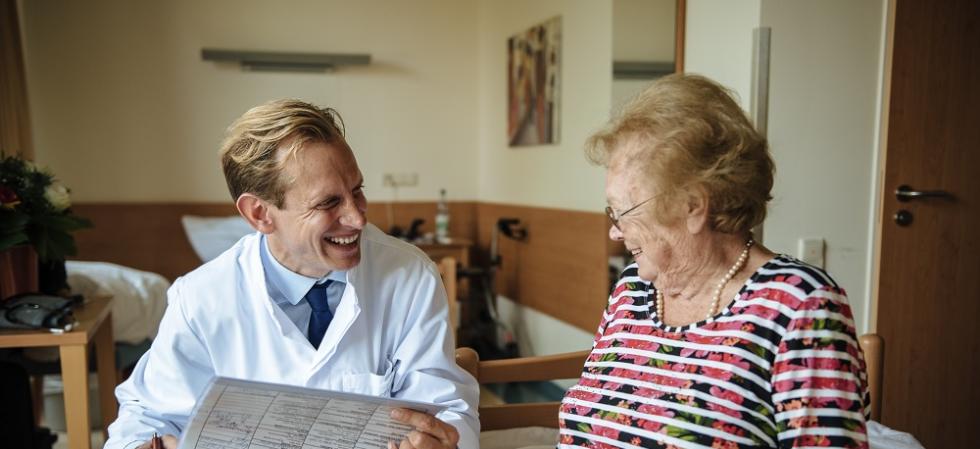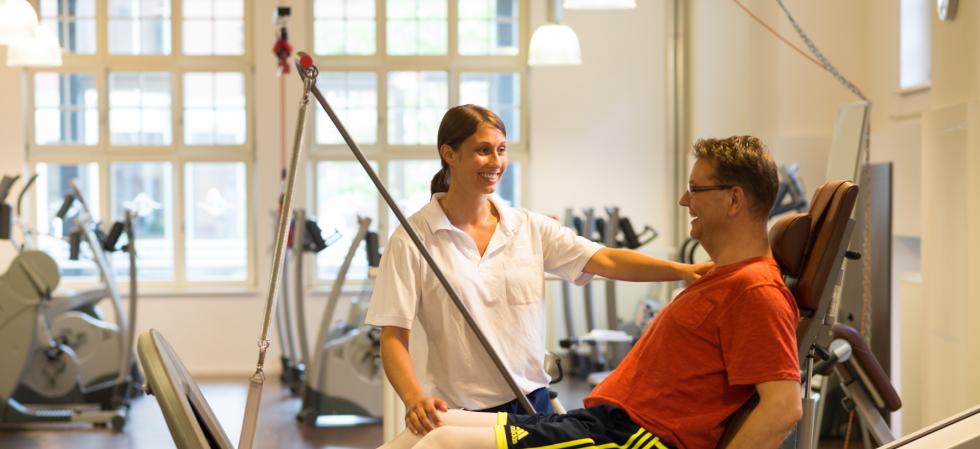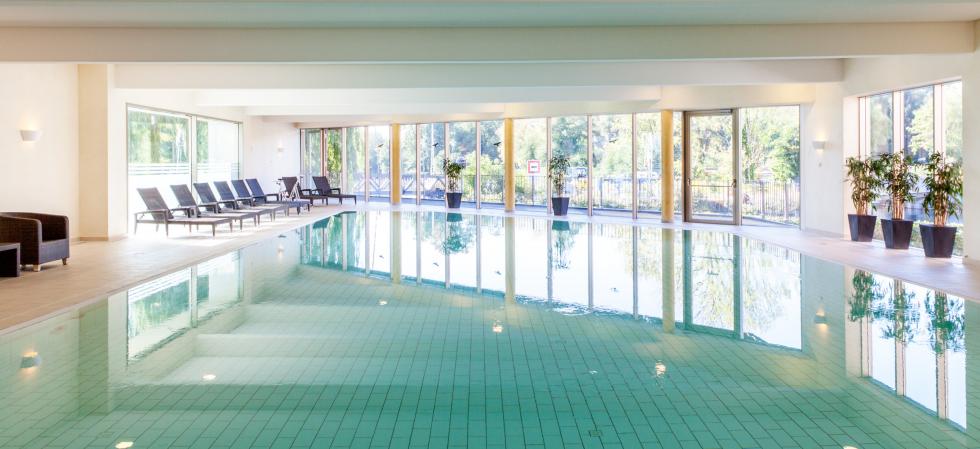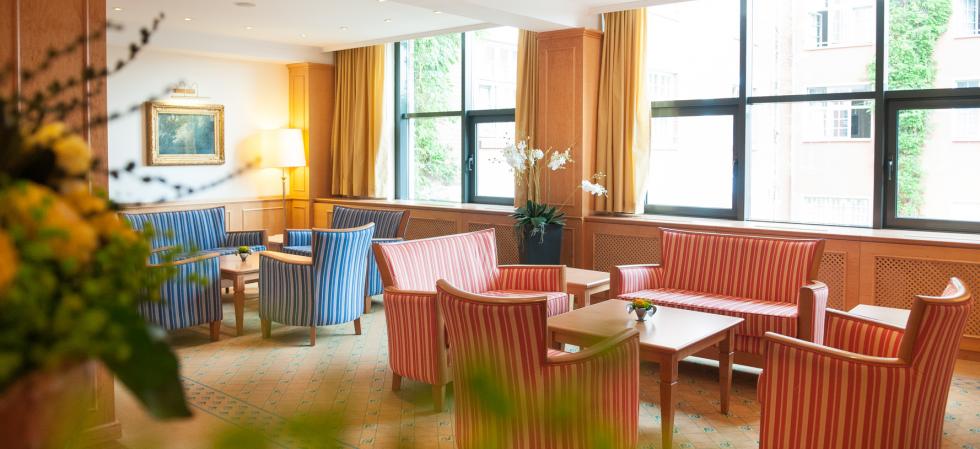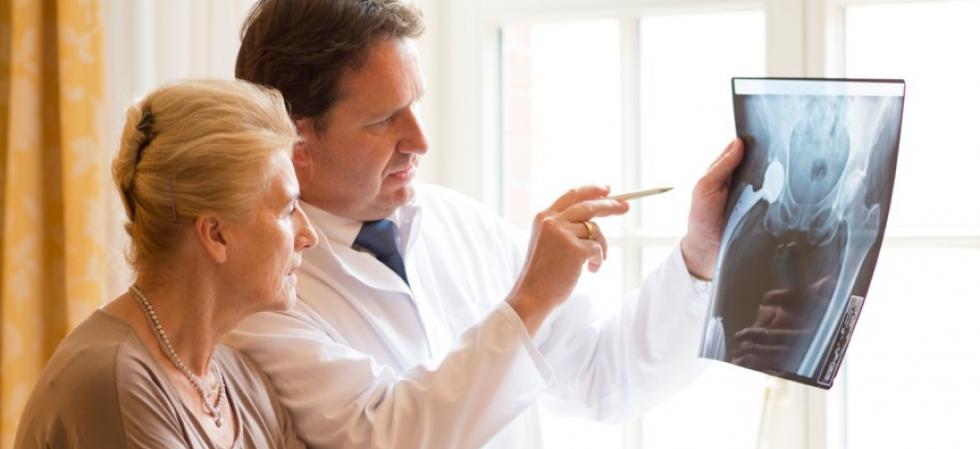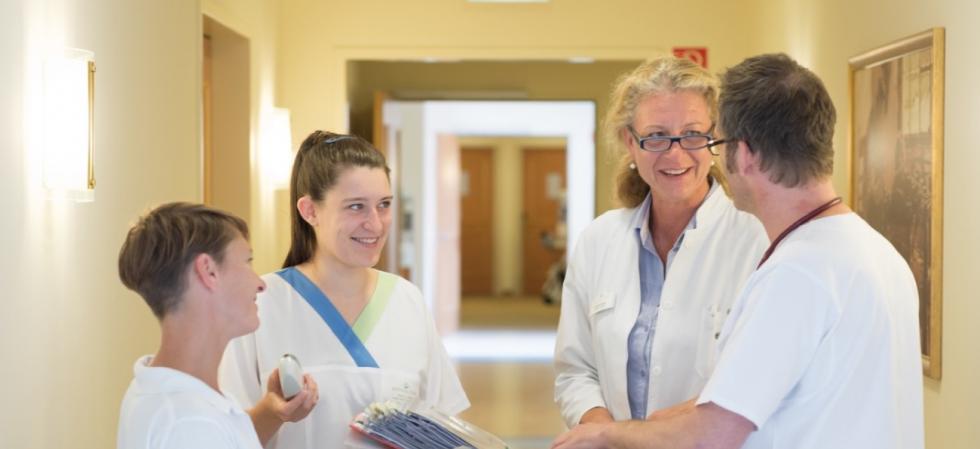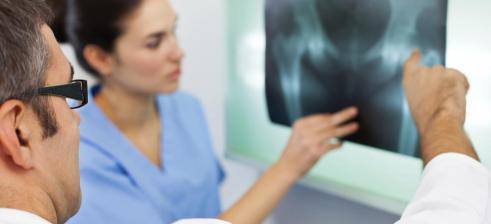Prof. Dr. med. Karsten E. Dreinhöfer
Chief physician at the Department of Orthopaedics and Trauma Surgery
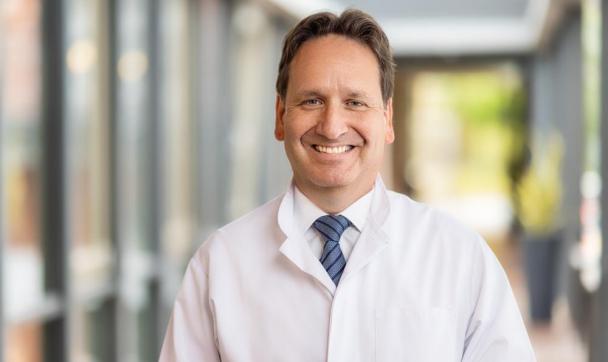
CV
- Specialist in orthopaedics and trauma surgery
- Additional qualifications in physical medicine, chiropractic treatment, social and emergency medicine, osteology (DVO)
- President of the Fragility Fracture Network (FFN), vice president of the BVOU (professional association of orthopaedics and trauma surgery), chair of the BOG (Berlin orthopaedic society), and board member of international and national scientific societies
- Endowed professorship in musculoskeletal rehabilitation, prevention and care research at Charité - Universitätsmedizin Berlin
Focus
| Further and follow-up treatment after joint replacement and spinal surgery, injuries and accidents | Treatment of congenital and acquired diseases of the locomotor system, especially arthrosis, spinal diseases and osteoporosis | |
